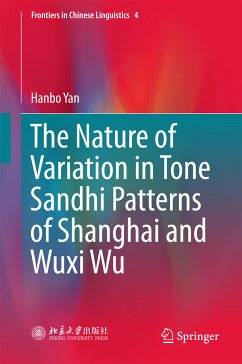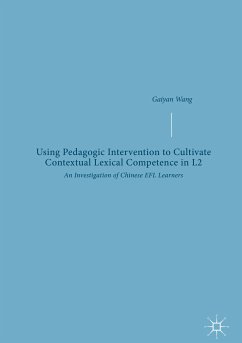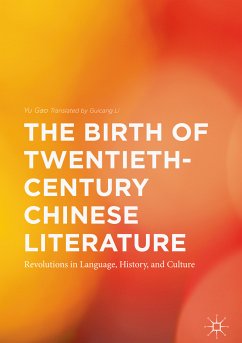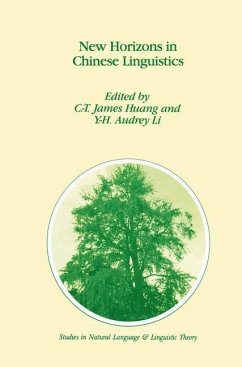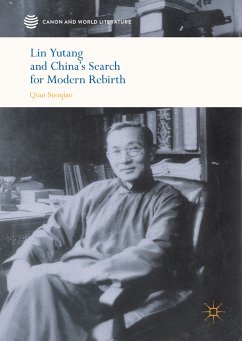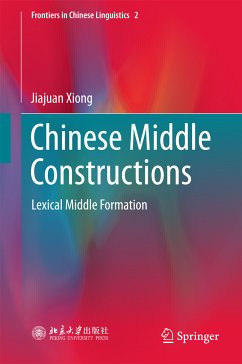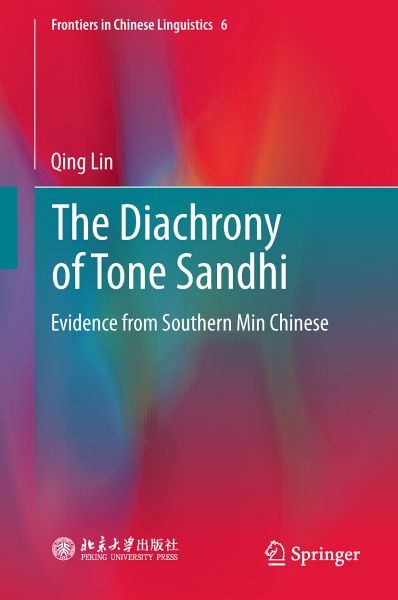
The Diachrony of Tone Sandhi (eBook, PDF)
Evidence from Southern Min Chinese
Versandkostenfrei!
Sofort per Download lieferbar
40,95 €
inkl. MwSt.
Weitere Ausgaben:

PAYBACK Punkte
20 °P sammeln!
This book investigates the diachronic change of the tone sandhi of Southern Min Chinese, which is known for its synchronic arbitrariness and opacity. It argues that in final-prominent tone sandhi, the change of final tones and the change of non-final tones can be highly independent and essentially different from each other. Accordingly, it proposes a new position-based diachronic approach to study the separate evolution of tones occurring at different positions. This book is the first study to rigorously and systematically explore the diachrony of Southern Min tone sandhi.
Dieser Download kann aus rechtlichen Gründen nur mit Rechnungsadresse in A, B, BG, CY, CZ, D, DK, EW, E, FIN, F, GR, HR, H, IRL, I, LT, L, LR, M, NL, PL, P, R, S, SLO, SK ausgeliefert werden.



